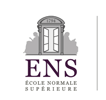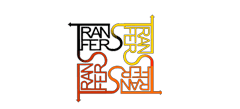Abstract
Studies of the processes of resemanticization at work in artistic circulation are few and far between; attempts at articulating a theoretical understanding of such processes are rarer still. This paper will investigate the questions raised by a circulatory approach to the history of art, and review the methods and sources which can allow us to answer them. How is the meaning of a work of art conveyed? How is this meaning constituted, and how does it evolve across different places and moments? What are the factors that contribute to such changes? What are the possible consequences of artistic resemanticization? Are there resemanticizations that are more intentional than others, according to the actors and the stakes involved? From reception studies to studies of cultural transfers, from sociological to political, anthropological, and traductological methodologies, an approach that is multidisciplinary but above all pragmatic offers the best hope of answering these questions. Such an approach encourages us to conceive of the work of art within its ever-shifting context, not as a vessel of meaning but rather as an evolving palimpsest, one that is all the more powerful in that it acts as a screen upon which individual and collective desires are projected
Recommended Citation
Joyeux-Prunel, Béatrice. "Circulation and Resemanticization: An Aporetic Palimpsest." Artl@s Bulletin 6, no. 2 (2017): Article 13.






